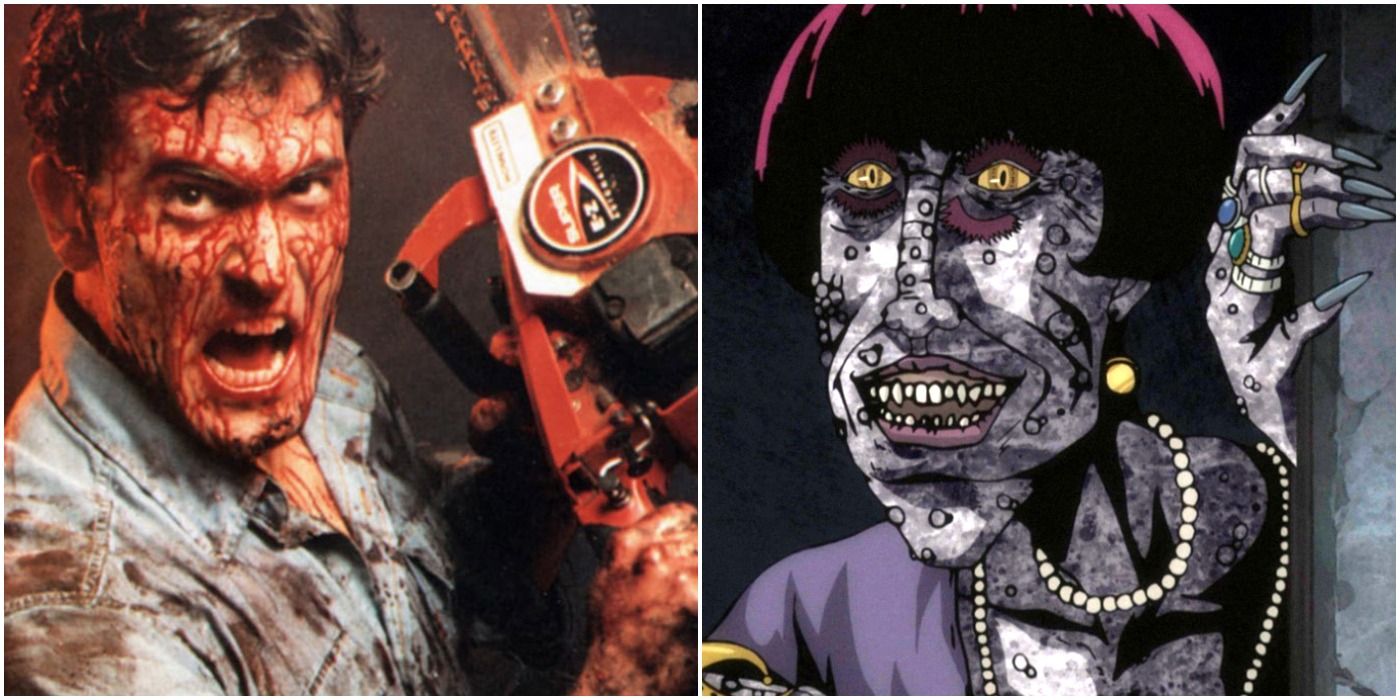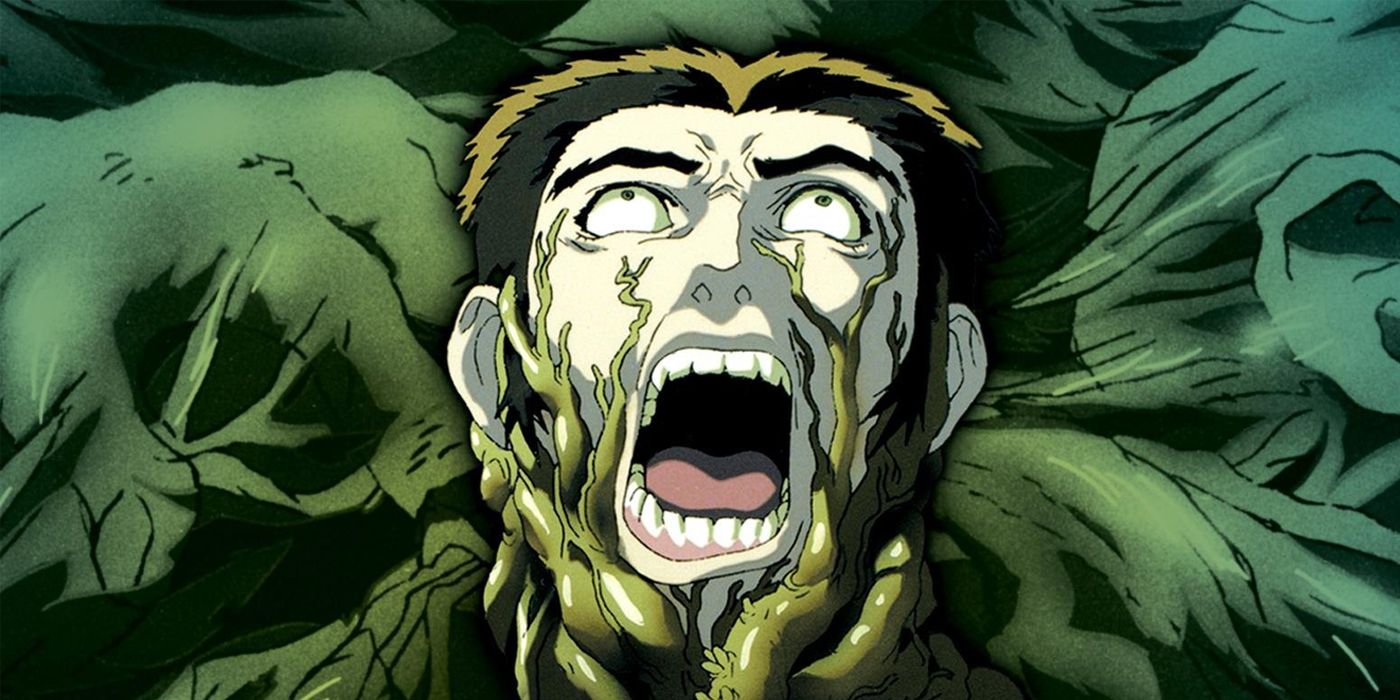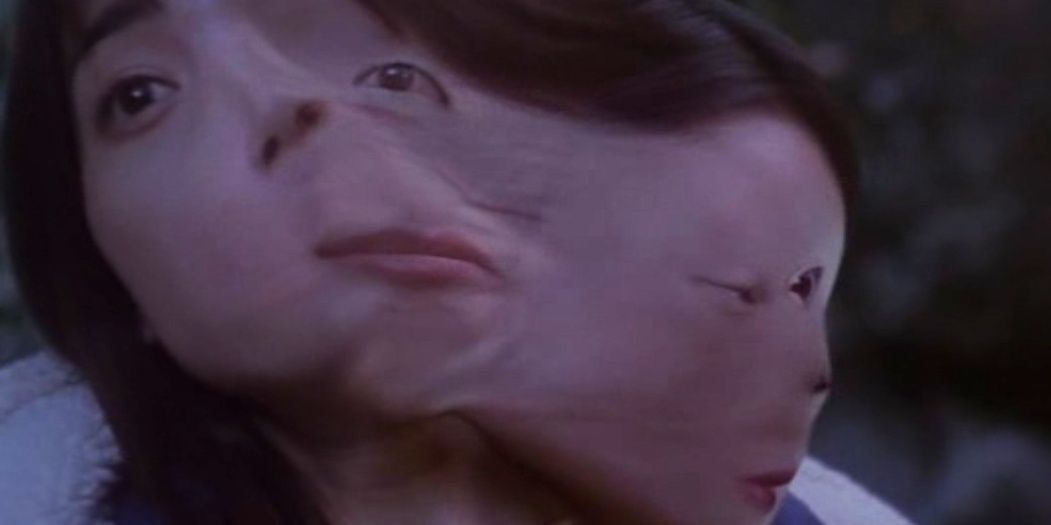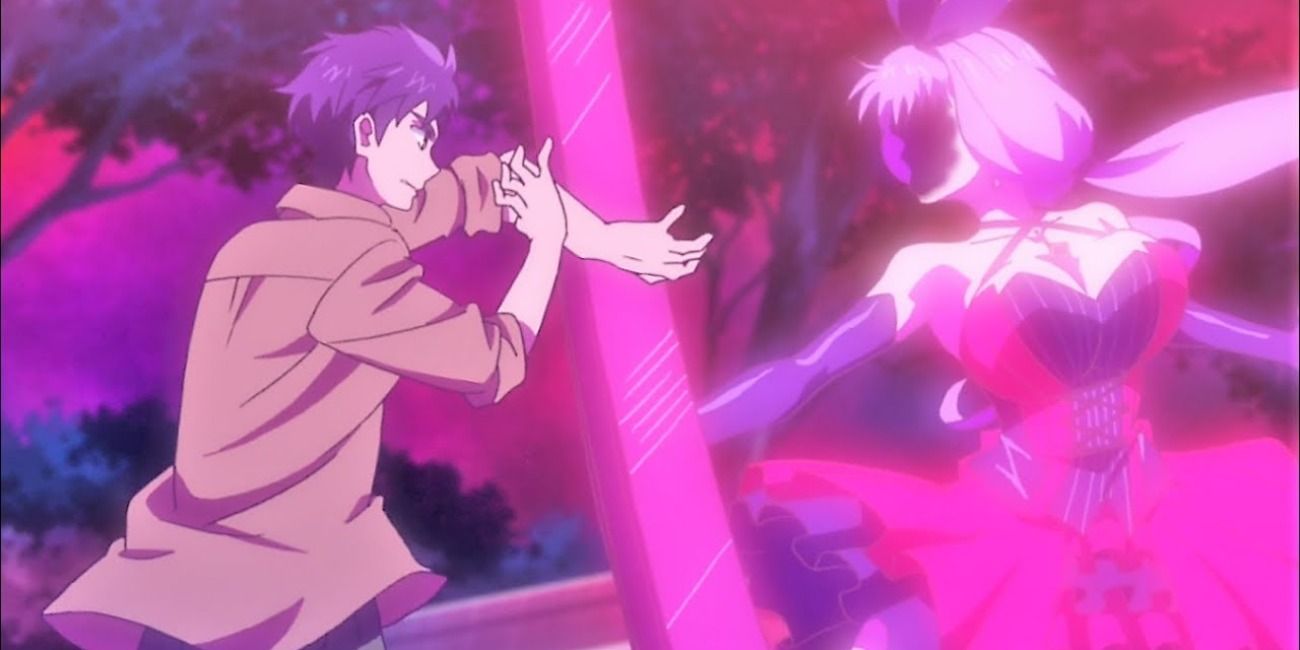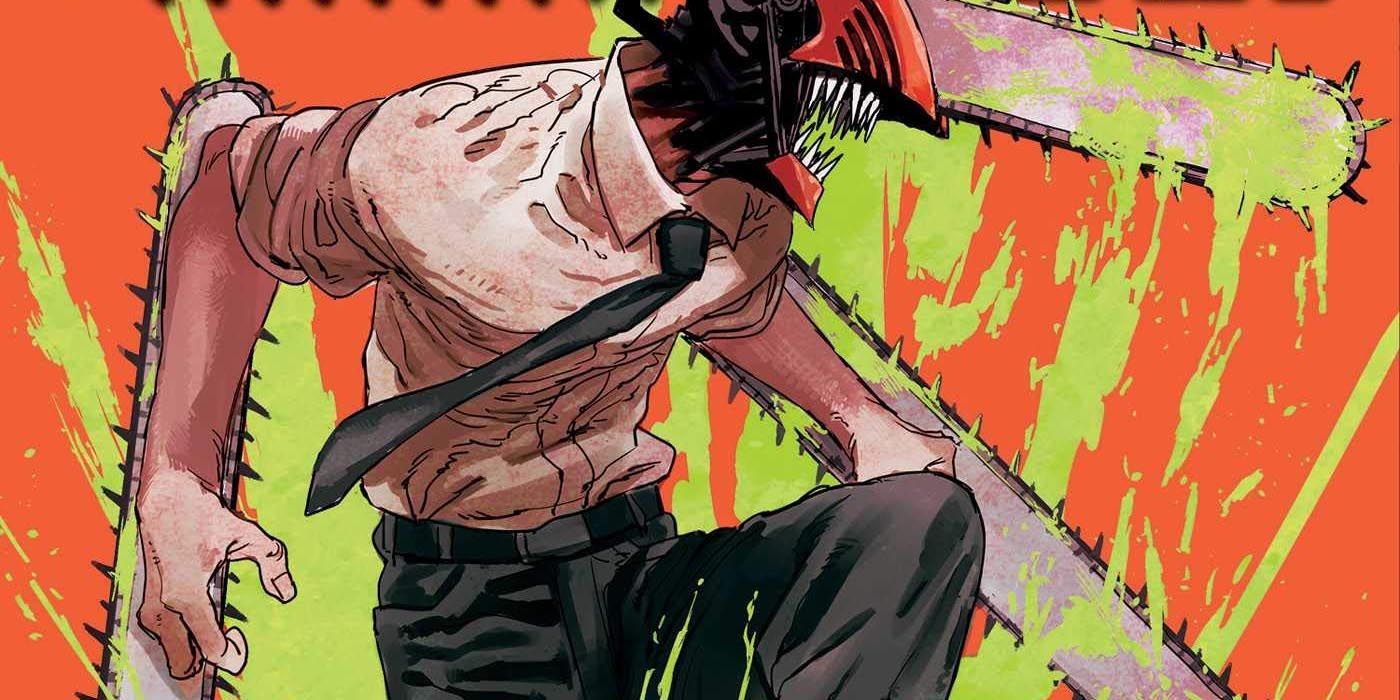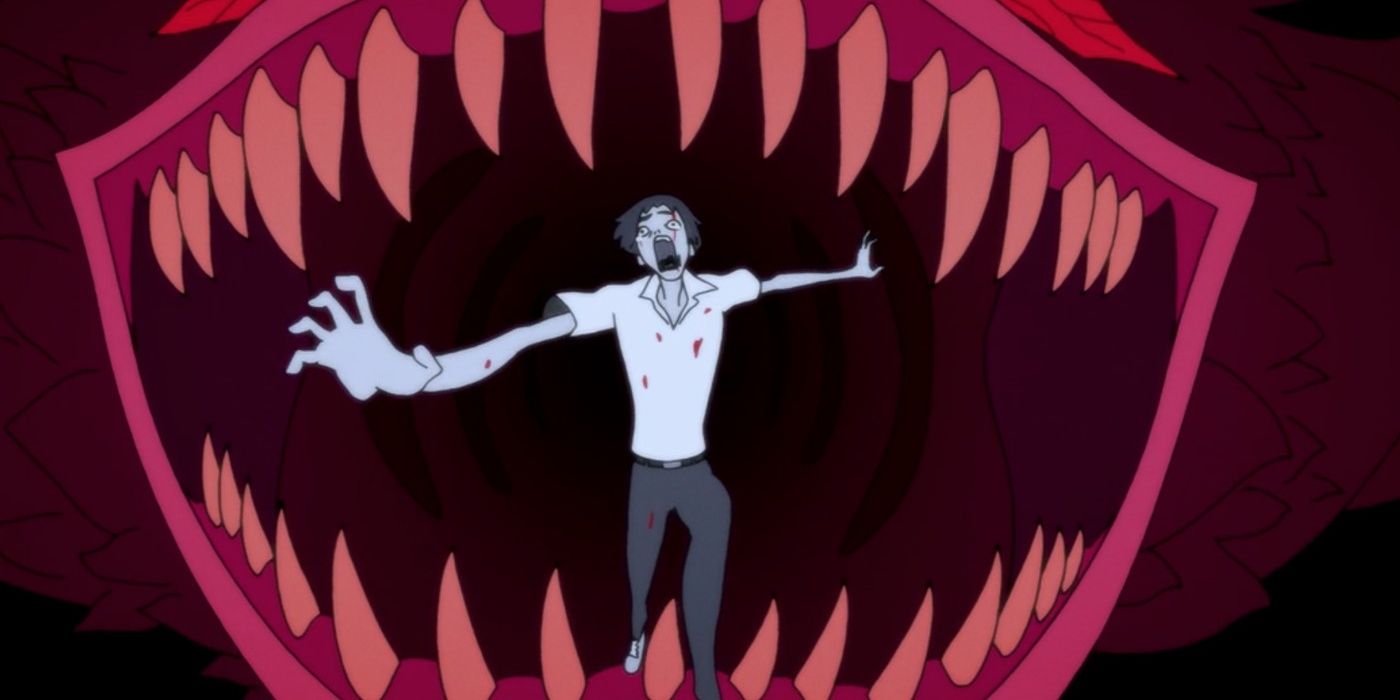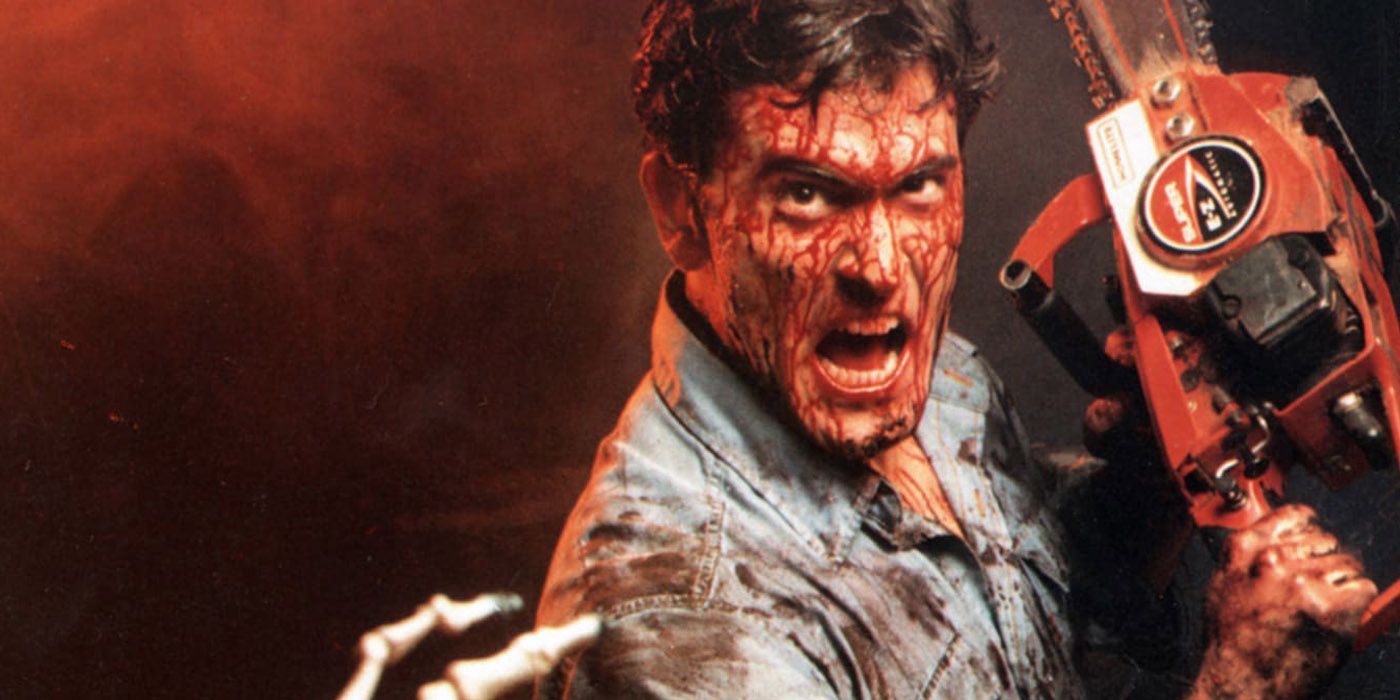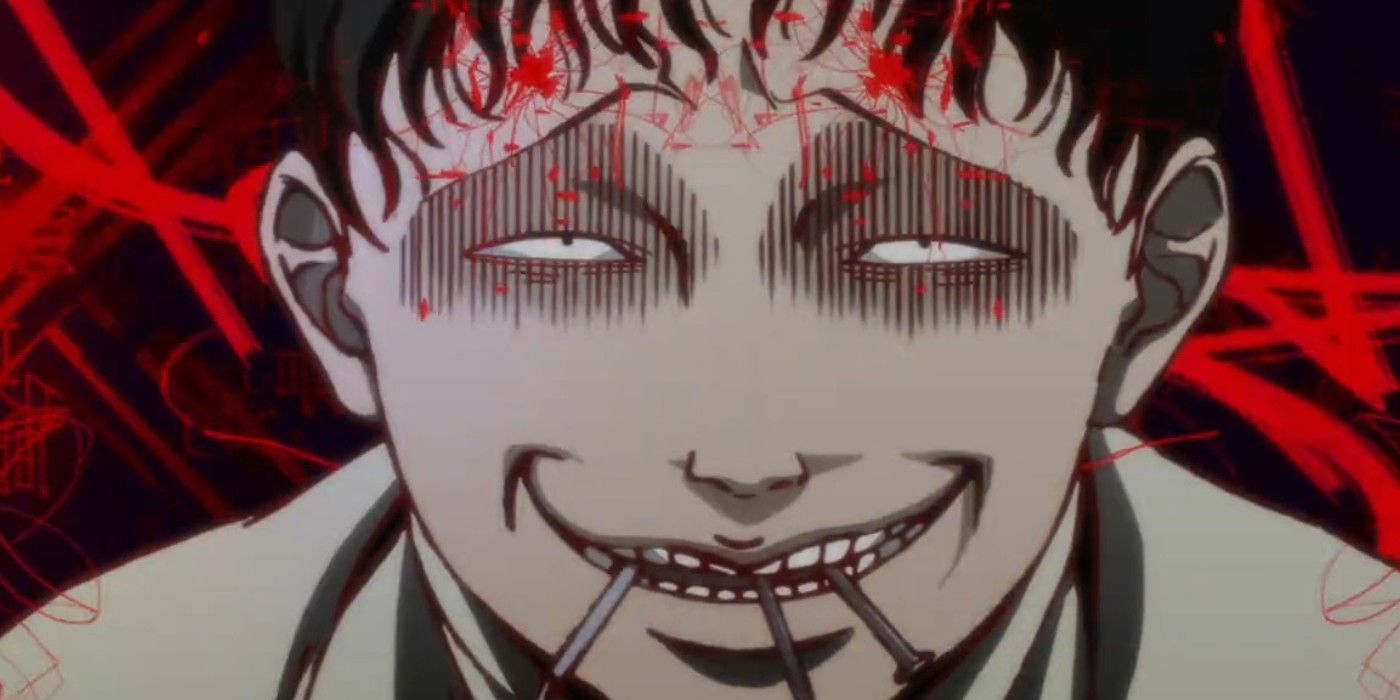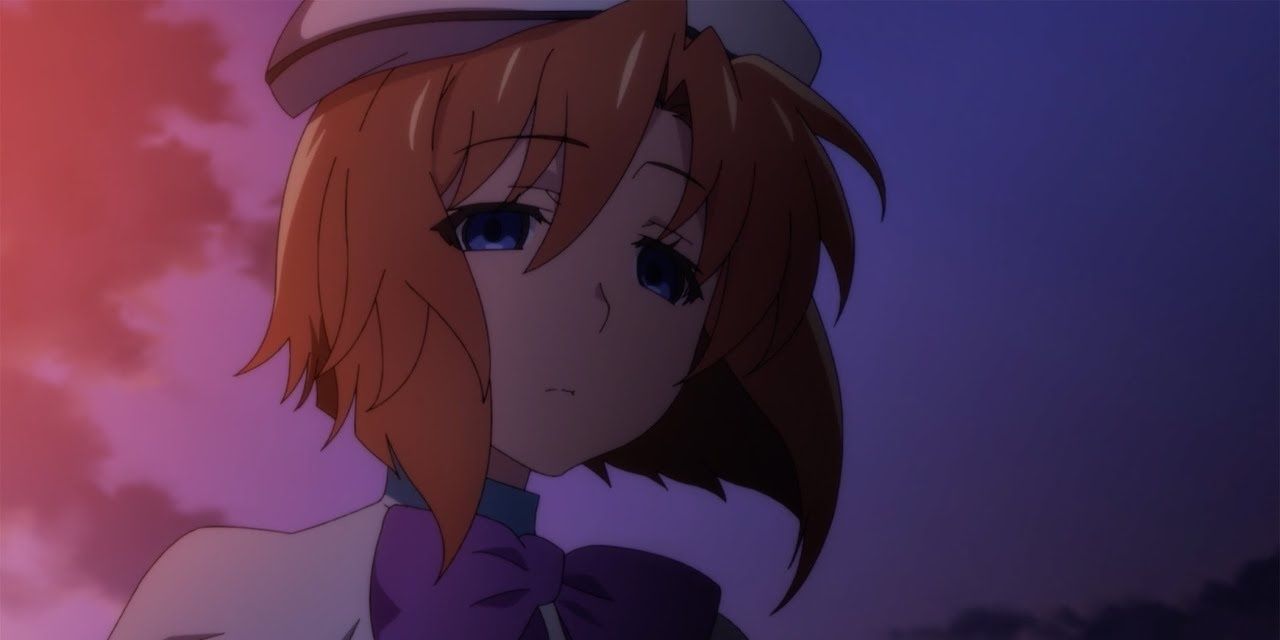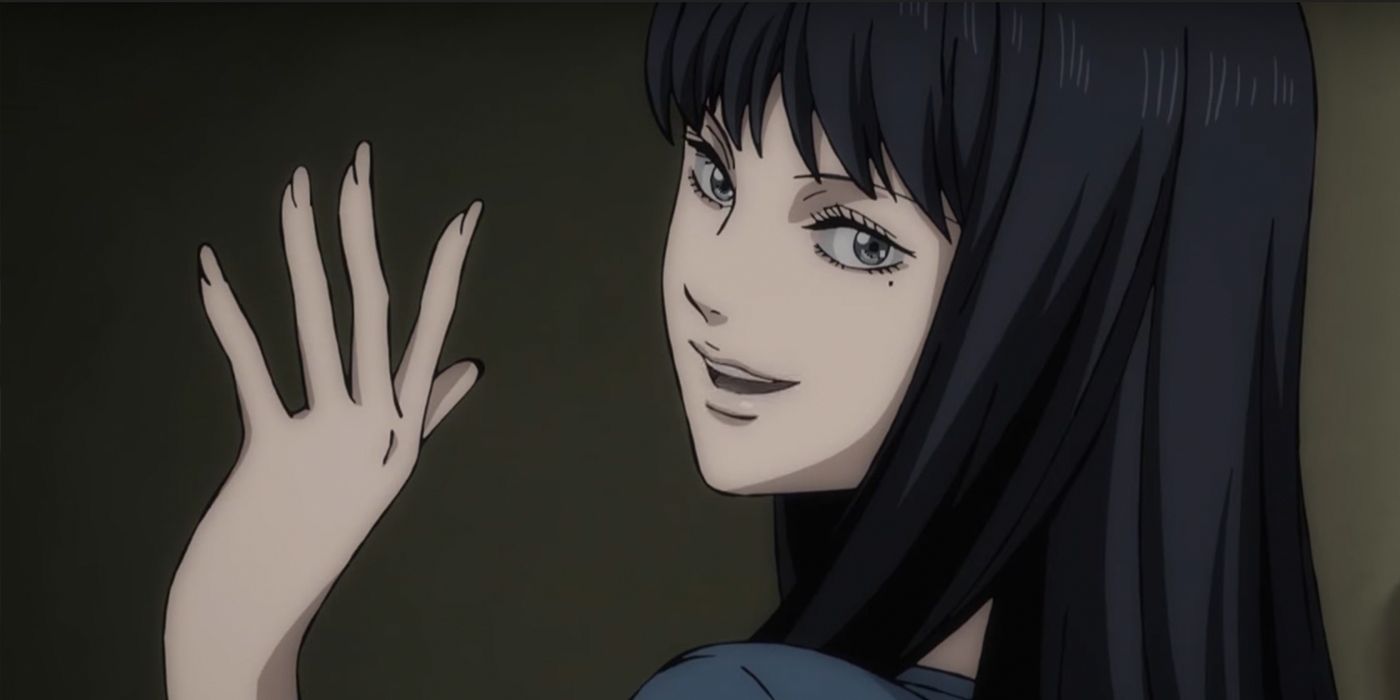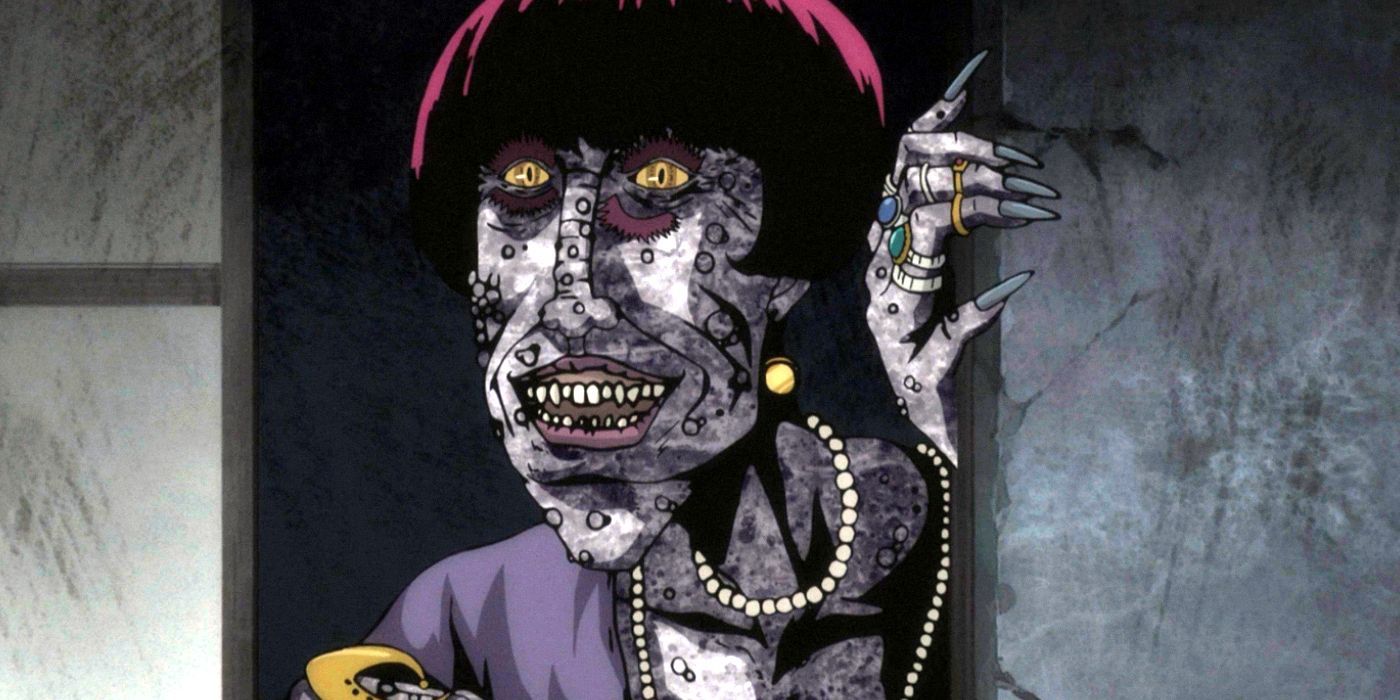Comparing animation to live-action productions is an obsession that many people seem to have. Each medium has its own charms and usefulness, and there's certainly no need to pit the two against each other. Still, time and time again, live-action adaptations of animated works are discussed and sometimes even produced. Anime is no exception to this phenomenon, and several series have received live-action adaptations.
Sometimes, live-action adaptations can do anime justice. But other times, the live-action remake is an absolute disaster. When it comes to spooky content, anime has an edge over live-action films. After all, anime's only limitation is the creator's imagination, leaving a wide variety of techniques that can make anime scarier than live-action works at their disposal.
10 Anime Makes Something Real While Live-Action Makes Something Look Real
The most important distinction between live-action and animation is each medium's intention. Animation, and Japanese anime by association, are unfettered by the realm of reality. Anime has no need to worry about what's real if it doesn't have to and instead brings something fantastical to life. Live-action, on the other hand, is focused on making something fantastical appear to be real. Many anime series that are adapted to live-action struggle with how to portray the anime's imaginative world. Oftentimes, the anime's reality is translated into what's actually possible.
9 Anime Allows For Smoother Visual Flow & Can Avoid CGI
Live-action often gets most awkward when trying to bring something purely imaginative to life, and producers often turn to CGI for help with big explosions and fantastical creatures. While CGI animation has improved greatly since it was first introduced, there's still a perceptible visual shift when something CGI is included in a live-action scene. This can be jarring for viewers and interrupt the visual flow of the live-action production. Anime, however, is entirely animation even when CGI is used, so the visual flow is virtually uninterrupted and thus more immersive.
8 Anime Gives More Control Over Color Scheme & Atmosphere
Cinematography is an art all on its own, but an obvious difference between filming live-action and animating anime is anime's seemingly infinite visual freedom. Several aspects of filming live-action, such as lighting, setting, choice of camera lenses and filters, etc... are dependent on current technology and might not be able to fool the human eye well enough to trick it into thinking a fantastical horror scene is actually real. Anime doesn't need to worry as much since animators have full creative control over how to portray a scene without having to worry about ruin audience immersion.
7 Anime Can Have More Creative Props & Settings
Unlike live-action, anime has infinite possibilities when it comes to hte kinds of props and settings that can be used. If the creator can imagine the concept and an artist can bring it to life, it can be used in animation. Horror anime that are set in spiritual realms or alternate realities aren't limited to an actual real-life location that can be outfitted to create a scary setting.
Likewise, they're not bound to real items that can be transformed into appropriate props. The horror in Chainsaw Man, for example, greatly owes itself to Chainsaw Man's appearance, which might look a bit absurd in live-action.
6 Violent & Gory Scenes Are Easier To Pull Off & Look Better
Only anime can create scenes of demons tearing other demons apart with their bare hands, such as those seen in Devilman Crybaby, without it looking absolutely absurd. When live-action attempts to capture such a chilling action, it usually needs to rely on CGI, hoping audience immersion won't be interrupted too badly. More often than not, live-action horror tries to avoid showing violent or gory scenes outside of slasher films, where human-shaped enemies use knives or other dangerous items to cause harm.
5 There's No Need To Worry About Anime Characters Getting Hurt In Stunts
Horror films and series are sometimes adrenaline-packed affairs full of chases from the enemy, whether that enemy is real or ethereal. During such scenes, actors in live-action productions need to run, jump, fight back, and get attacked, all of which carries the possibility that the actor could get hurt. Since animated features don't need to worry about harming the actor, it doesn't matter what the anime cast runs into because they're 2D characters on film. Since no live person can be hurt when portraying horror violence in anime, animators can create more disturbing scenes.
4 Anime Allows For A Wide Range Of Detailed Facial Expressions
The human face is limited in its range of expressions, and although it's typically easy to tell when someone is feeling extreme emotions, it's still possible to misread someone's face. In animation, however, expressiveness is crucial in drawing audiences in.
A character's body movements and facial expressions are important to conveying mood in animation. Accordingly, cartoons and animation have developed an art when it comes to representing emotion through facial expressions. Junji Ito's work, for example, relies heavily on distorted facial expressions and body language to scare audiences.
3 Voice Actors Can Focus All Their Energy On Dialogue & Acting
An actor who's focused on stunts and appearances in live-action productions doesn't always have the ability to focus on their dialogue and delivery. And they really don't have to, since there's a lot more going on in the production to distract audiences. But voice acting is a crucial element of anime and poor voice performances can ruin a series. Since voice actors don't need to worry about performing physically on camera, they can channel all their energy into robust vocal delivery and focus on chilling audiences through vocal performances.
2 Anime Characters Are Not Actors & Ironically Feel More Real
When audiences watch a live-action production featuring, say, Leonardo DiCaprio, they know he is a real person apart from his film role. Leonardo DiCaprio is not Jack Dawson, nor is he Jay Gatsby, and audiences assume he'll be fine once filming wraps up. An anime character, on the other hand, occupies their own world and universe, and the stakes are very real for the characters. When an anime character dies in a series, audiences assume they'll probably never see that particular character again.
1 Anime Makes Use Of The Audience's Imagination Against Them
Both live-action and anime tap into the audience's imagination, but both do so in distinctly different ways. Live-action productions aim to trick audiences into imagining that what's happening in the production could conceivably happen. Anime productions, however, are pure fantasy, so they leverage on the audience's willing suspension of disbelief. The more they are able to get immersed, the scarier the anime will be.

